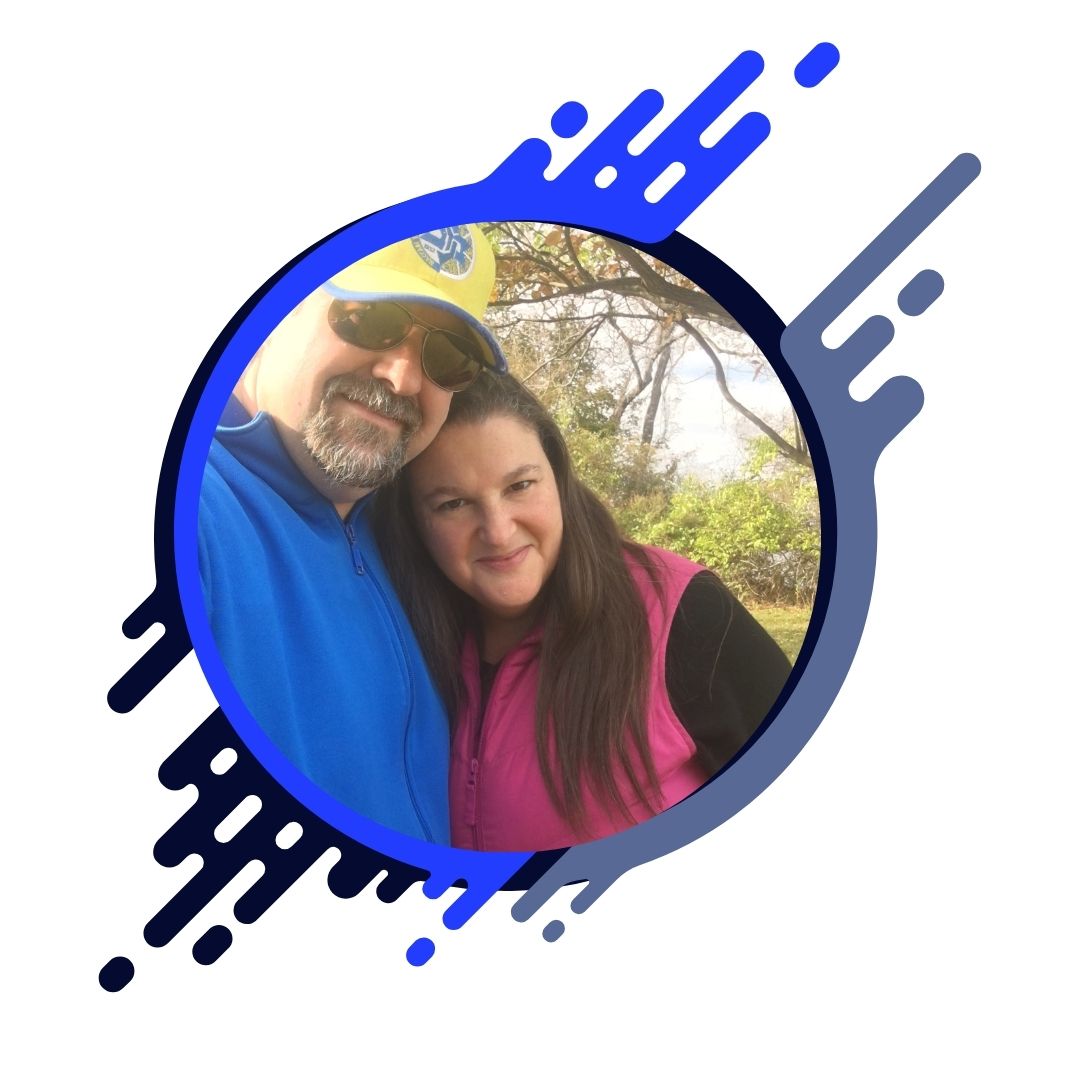
Drs. Michael Shwartzstein and Robyn Croutch bring over 45 years of experience to their chiropractic practice, focusing on holistic care for brain and body health. Inspired by a close friend’s son with ADHD, they integrated BrainCore Neurofeedback, achieving life-changing results for patients with autism, anxiety, and attention challenges. Dr. Croutch holds Dr. Amen’s Brain Health Professional Certification, and they also use thermography for early health detection. Together, they provide compassionate, comprehensive care for whole-body wellness.
Managing your time can feel overwhelming, especially if you or someone you care for has ADHD. Tasks pile up, deadlines sneak past, and what seemed like a productive day can easily slip away. But there’s good news—managing time with ADHD isn’t impossible. With the right strategies and tools, you can transform chaos into a sense of control.
Whether you’re a parent trying to help your child with ADHD, an adult navigating work and personal responsibilities, or someone exploring holistic approaches for ADHD management, these tips will empower you to stay on track.
Why Does ADHD Make Time Management Challenging?
ADHD affects the brain’s executive functioning, which means challenges often arise from issues like:
- Difficulty prioritizing tasks
- Trouble with focus and staying engaged
- Underestimating how long tasks will take
- Procrastination driven by anxiety or lack of interest
Understanding these root causes is the first step toward adopting tools and techniques that work with ADHD tendencies—not against them.
Time Management Tips for ADHD
Here are actionable strategies to regain control over your time and productivity.
1. Break Tasks into Smaller Steps
Long, multi-step tasks can feel overwhelming. Break them into smaller, more manageable chunks. For example, instead of writing “Clean the house” on your to-do list, try splitting it into specific areas, such as “Tidy the living room,” “Organize bookshelves,” or “Vacuum upstairs.”
Why it works:** Smaller tasks feel less intimidating and are easier to start. Each small win builds momentum toward completing the bigger task.
2. Use Visual Time Aids
ADHD often makes it hard to visualize the passage of time, leading to tasks taking longer or deadlines catching you off guard. Tools like visual timers or color-coded calendars can help.
Try this: Set a timer when working on a specific task (e.g., 20 minutes for emails). Timers create a sense of urgency and help maintain focus.
3. Prioritize Using the Two-Minute Rule
For ADHD brains, figuring out what to tackle first can feel overwhelming. Use the two-minute rule as a guiding principle. If something will take less than two minutes to complete, do it right away.
Why it works:** This technique reduces mental clutter by knocking minor tasks off the list quickly, leaving more brainpower for larger projects.
4. Adopt a Consistent Routine
ADHD thrives on structure. Create routines that transform repeated tasks—like preparing for school or work—into predictable systems.
Pro tip: Pair routines with visual charts, like checklists for a morning or bedtime schedule, so you or your child stays on track without excessive reminders.
5. Experiment with Time Blocking
Time blocking means dividing your day into dedicated periods for specific tasks. For example:
9–9:30 a.m.: Emails
9:30–10 a.m.: Morning walk
10–11 a.m.: Work project
This approach minimizes decision-making throughout the day and ensures every task gets time.
For parents: Block time for homework while being mindful of when your child is most focused—whether it’s right after school or after a short break.
6. Love Your To-Do List (But Make It ADHD-Friendly)
A long, generic list of tasks can be counterproductive by making you feel overwhelmed before you even start. Instead:
- Make separate lists for today’s priorities, weekly goals, and bigger future projects.
- Organize your list by categories or time.
Digital helpers: Apps like Todoist or TickTick allow you to color-code, set reminders, and track progress.
7. Practice Mindfulness and Self-Compassion
ADHD can spiral into frustration and guilt over missed tasks, especially if you’re striving for perfection. Pause. Take a breath. Remind yourself that progress—even imperfect progress—is still progress.
Bonus Tip for Parents: Encourage your child to celebrate small wins and remind them that making mistakes is okay.
Taking a Holistic View of ADHD and Time Management
While these tips can help manage day-to-day organization, addressing ADHD holistically may further improve time management. A few additional approaches include:
- Diet: Focus on balanced meals with brain-boosting nutrients like omega-3s.
- Exercise: Regular physical activity enhances focus and reduces impulsivity.
- Sleep: Create a bedtime routine that prioritizes rest for optimal cognitive function.
- Mindfulness Activities: Practices like yoga and meditation reduce stress and improve emotional regulation.
Build Your Own Time Management System
Time management isn’t a one-size-fits-all solution—especially for those with ADHD. Start small by incorporating one or two of these strategies, and adjust based on what works best for you or your loved one. Progress takes time, but each productive moment brings you closer to a more organized, stress-free life.
Need Support?
You don’t have to tackle ADHD challenges alone. Join our community of like-minded individuals who understand the ups and downs of ADHD life. Together, we’ll celebrate small wins, share insights, and inspire one anothe


0 Comments